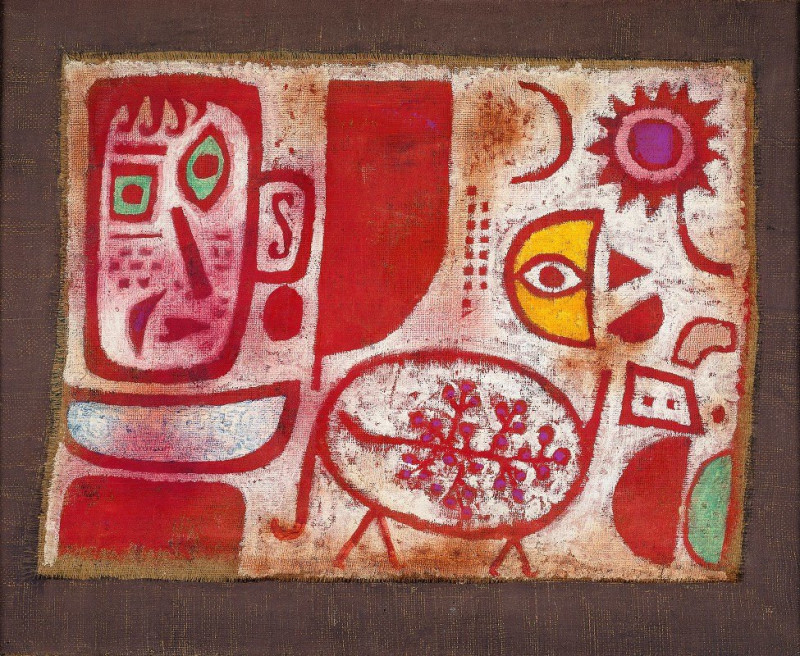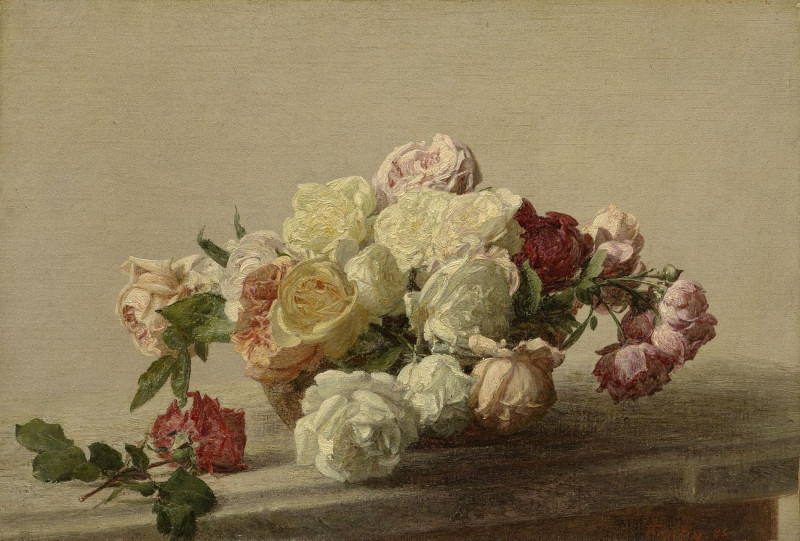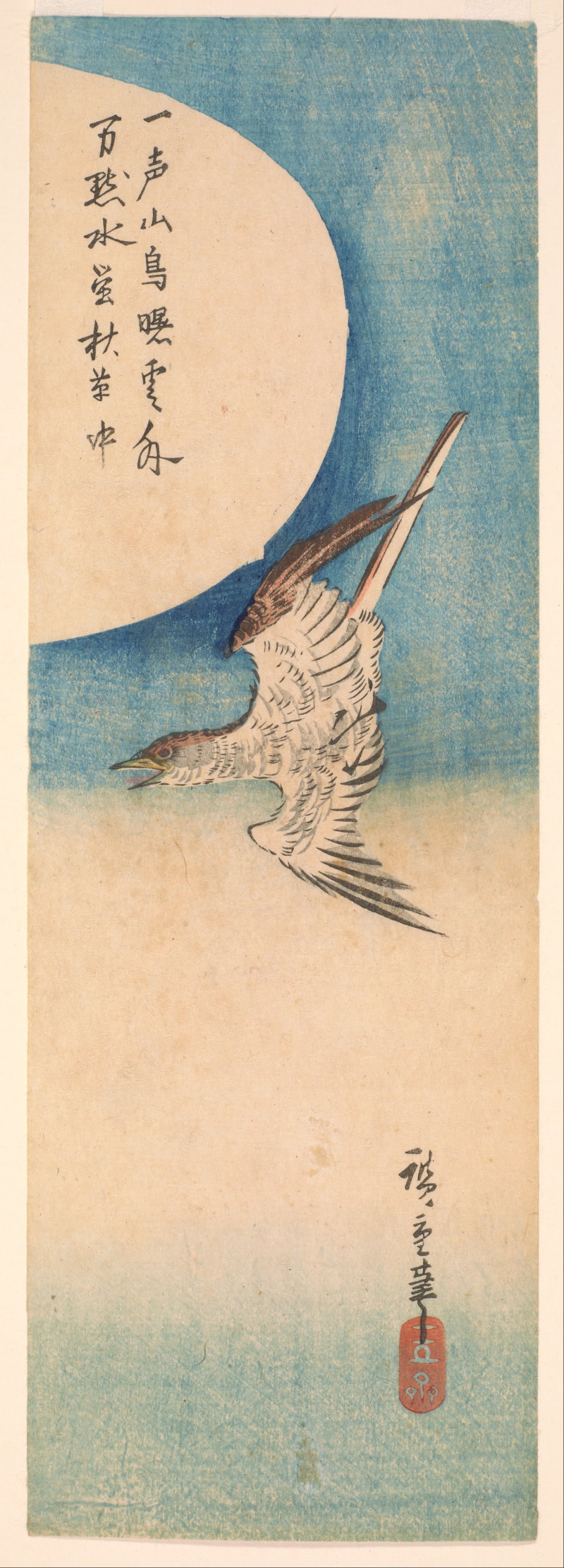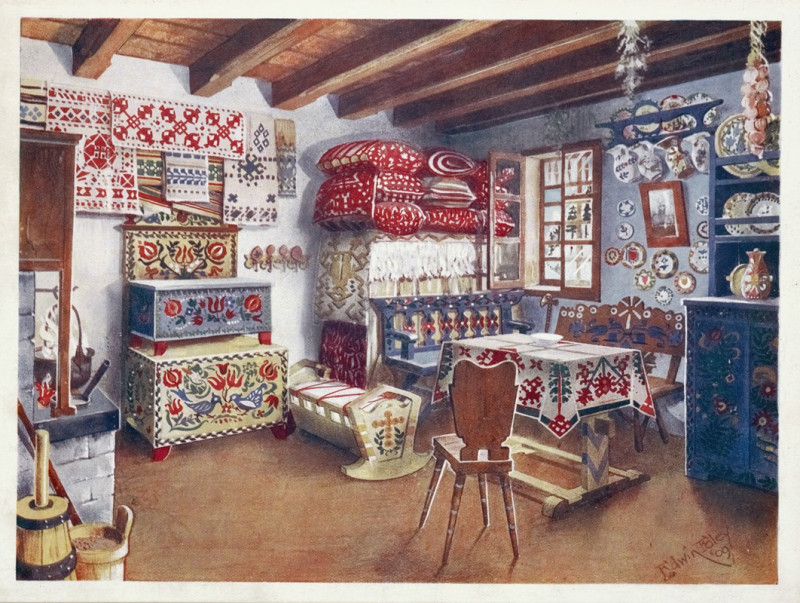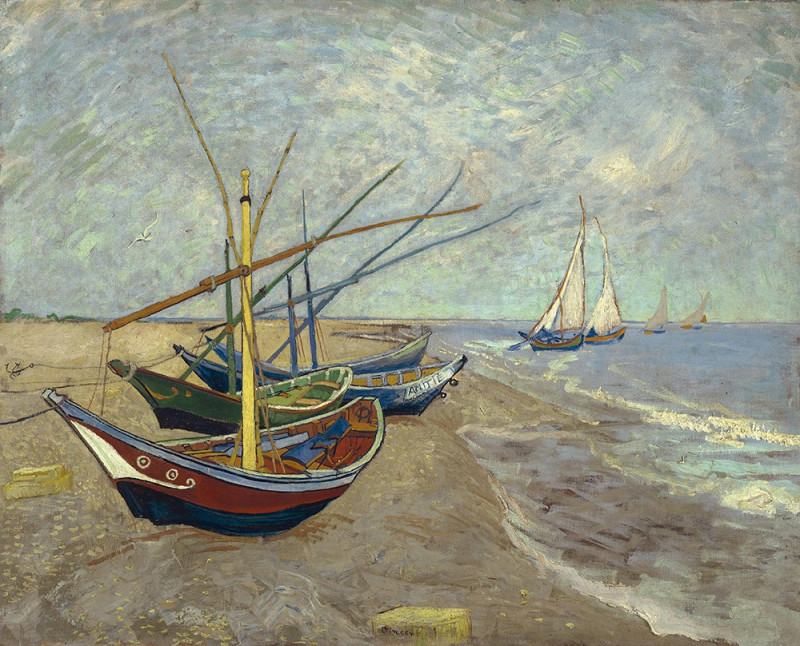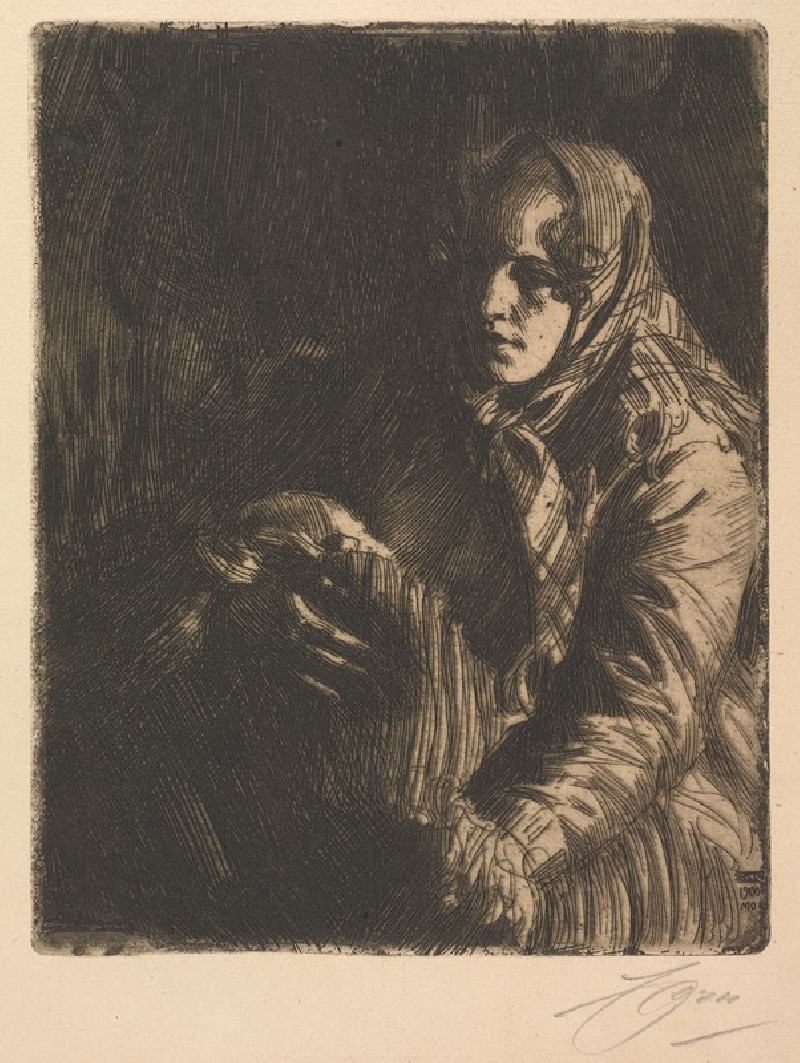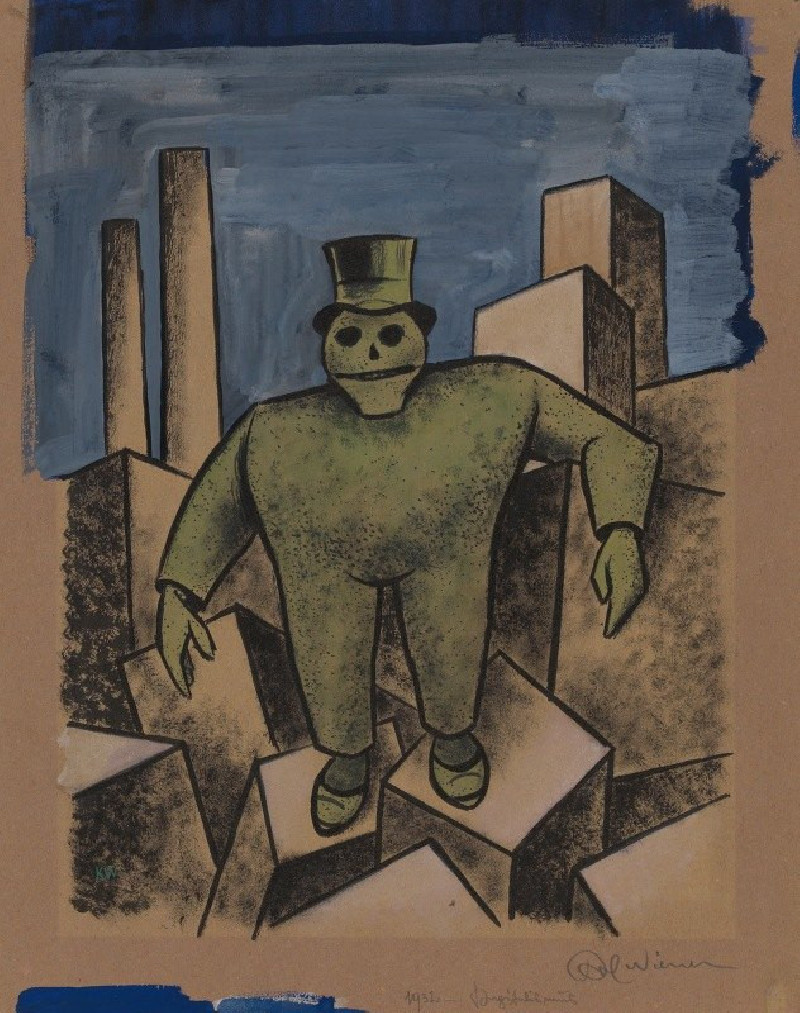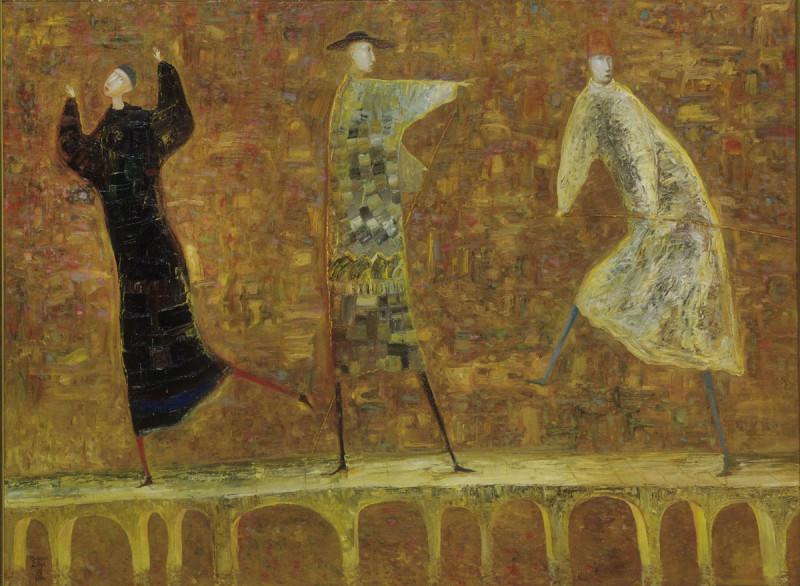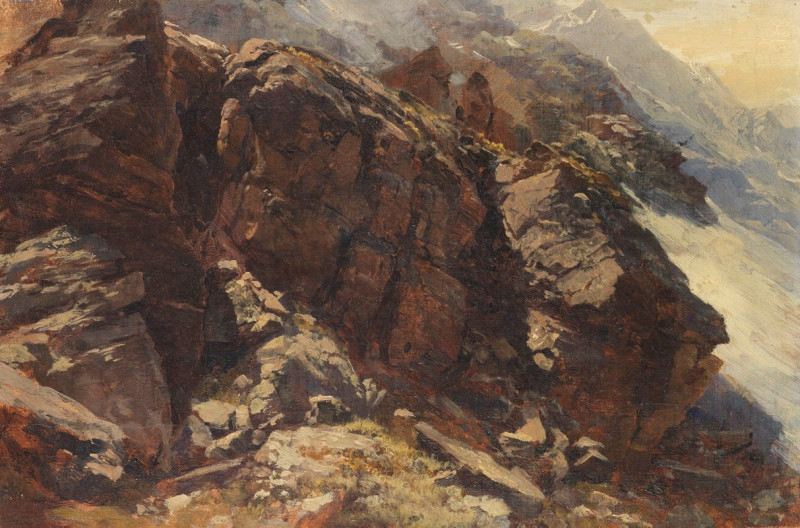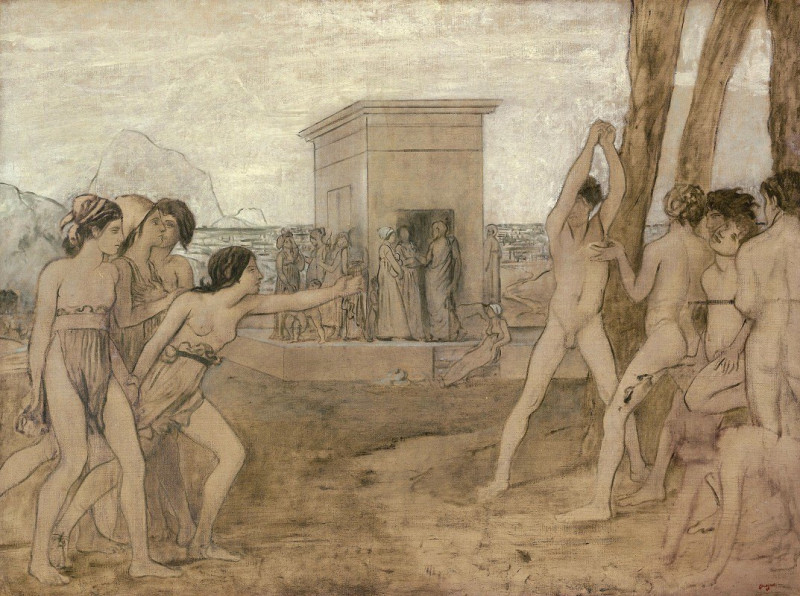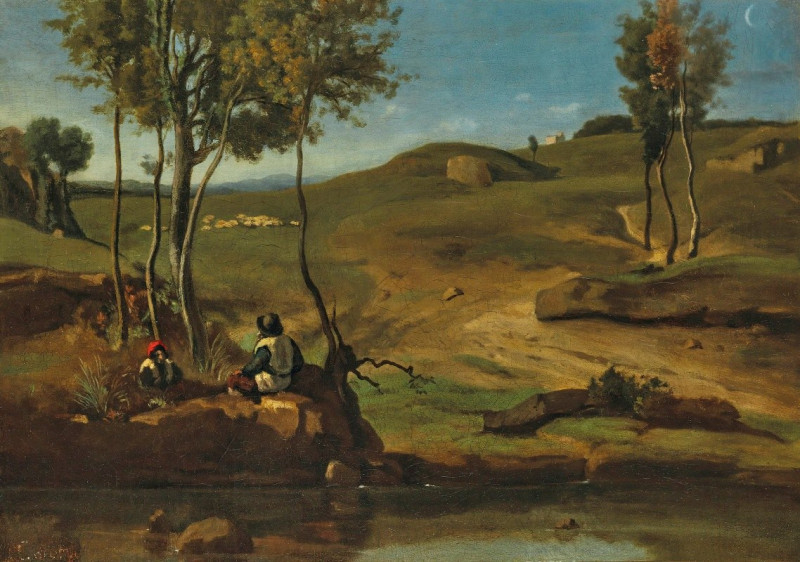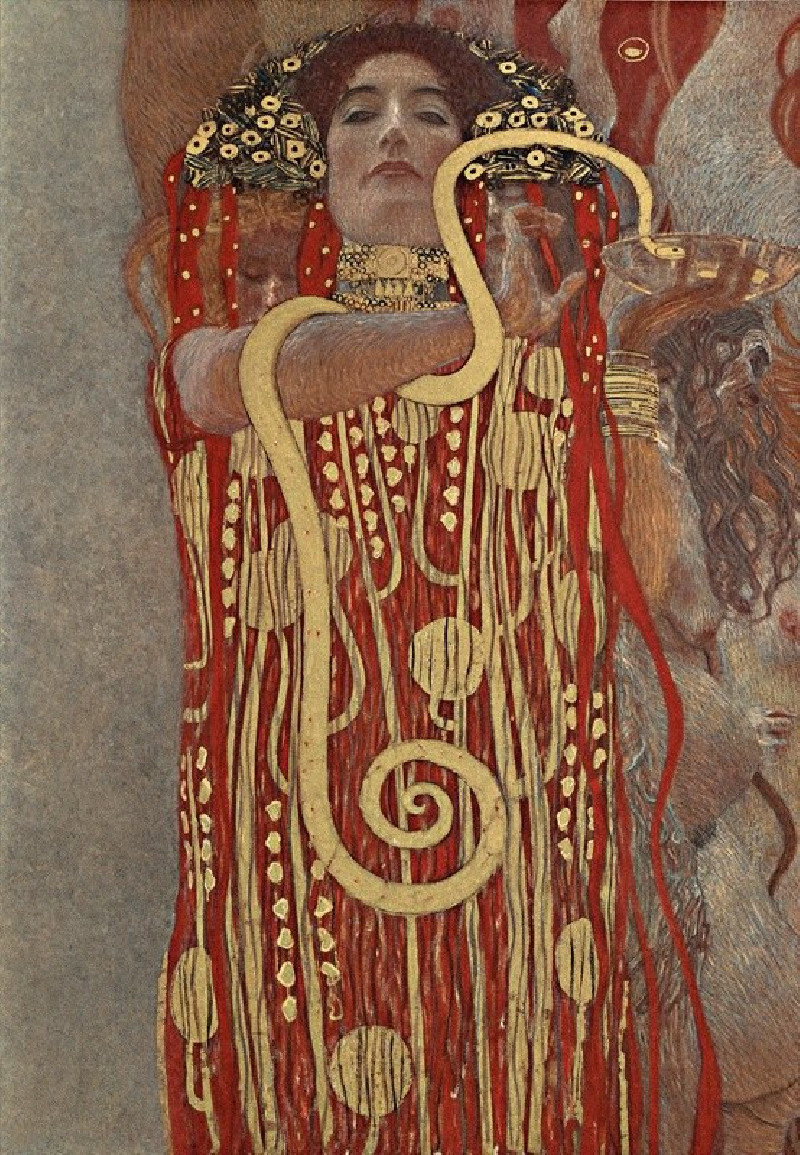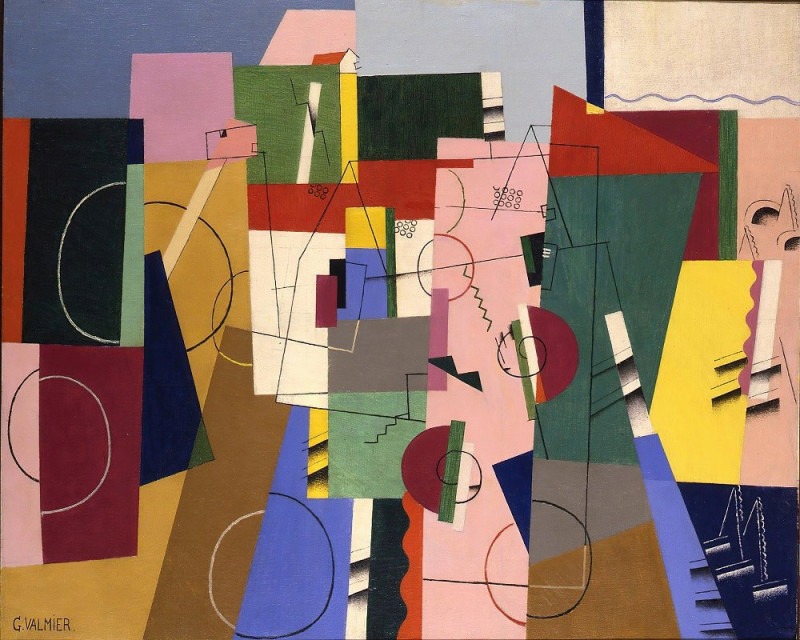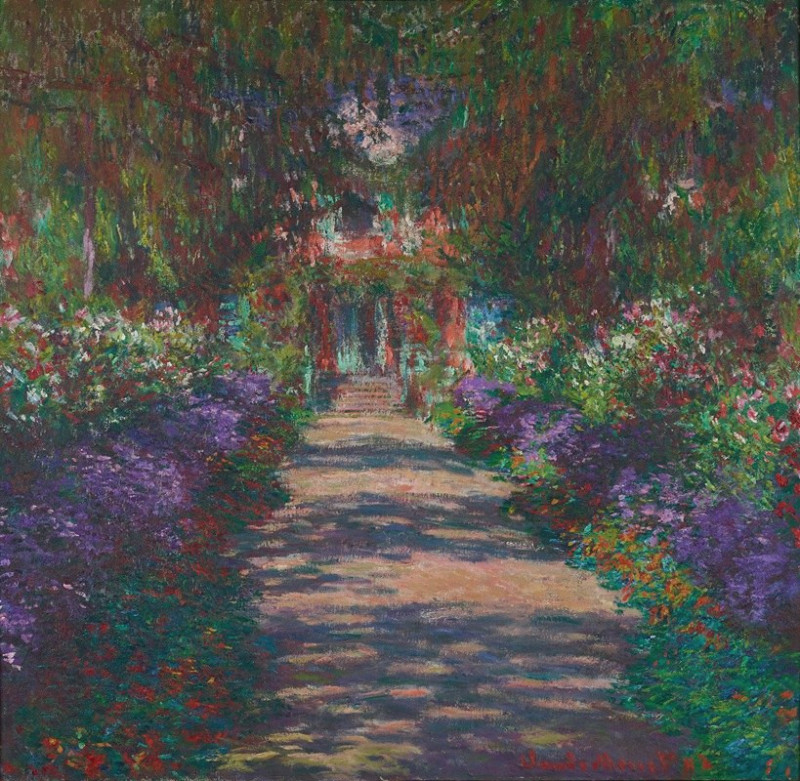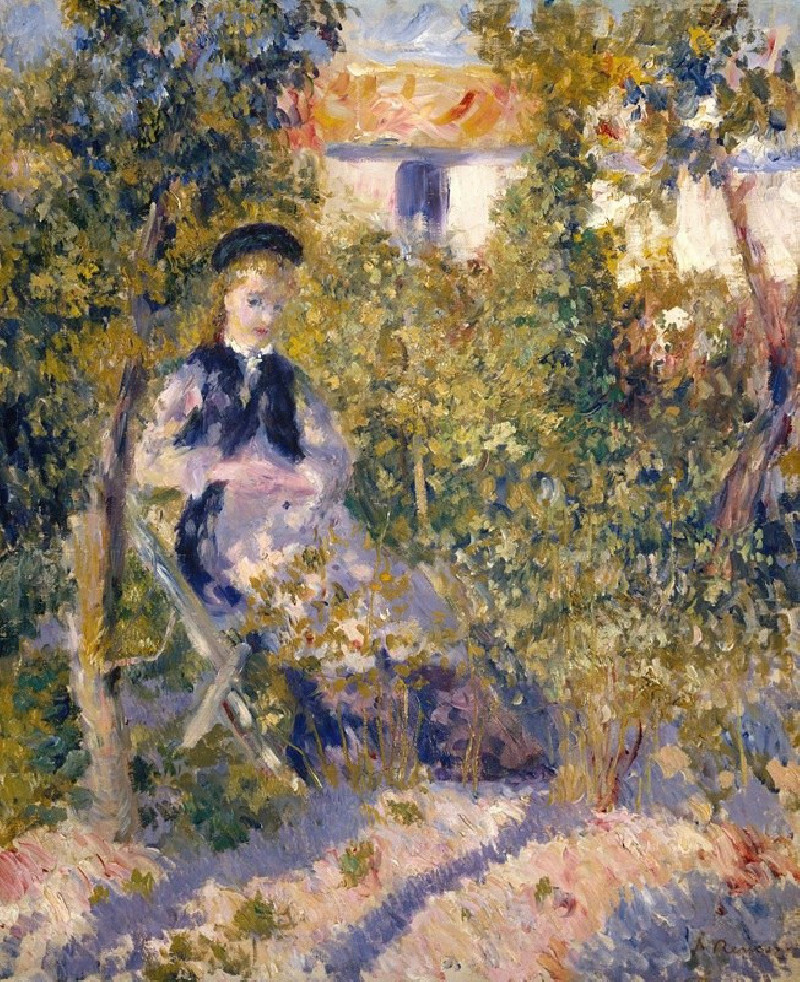Rausch (1939)
Technique: Giclée quality print
Recommended by our customers
More about this artwork
Paul Klee's painting, "Rausch" from 1939, is an exhilarating journey into the abstraction and symbolism for which Klee is renowned. This complex work combines elements of fantasy and surreal configurations making it a mesmerizing visual experience.In the artwork, Klee presents a vibrant tableau filled with various abstract forms and symbols. The painting is divided into distinct segments that are filled with rich, deep colors — notably shades of red, orange, and crimson — contributing to the overall intensity of the piece. On the left, a large, mask-like face dominates this section with distinctly outlined features including green eyes and peculiar detailing that suggests a fusion of both human and mythical essences.To the right, the canvas continues to intrigue with overlapping and interlocking forms including circles, a sunburst, and what might resemble an eye. This section uses a lighter palette, with whites and yellows juxtaposed against the darker reds, offering a visual balance to the composition.Throughout, Klee uses textured surfaces and a mixture of linear and curvilinear elements, which draw the viewer’s eye across the canvas, inviting one to interpret the symbols in personal ways. "Rausch" which translates to "intoxication" in German, appropriately encapsulates the heady, dream-like quality of the painting, suggesting a state of euphoria or a deep engagement with the mystical.This piece is emblematic of Klee’s late artistic style which challenges conventional forms and emphasizes a deep, abstract emotionalism. "Rausch" is not just a painting but an invitation to explore the depths of imagination and the complexities of human perception, making it a profound piece for contemplation in any art collection.
Delivery
Returns
Paul Klee was a Swiss-born German artist. His highly individual style was influenced by movements in art that included expressionism, cubism, and surrealism. Klee was a natural draftsman who experimented with and eventually deeply explored color theory, writing about it extensively; his lectures Writings on Form and Design Theory (Schriften zur Form und Gestaltungslehre), published in English as the Paul Klee Notebooks, are held to be as important for modern art as Leonardo da Vinci's A Treatise on Painting for the Renaissance.

